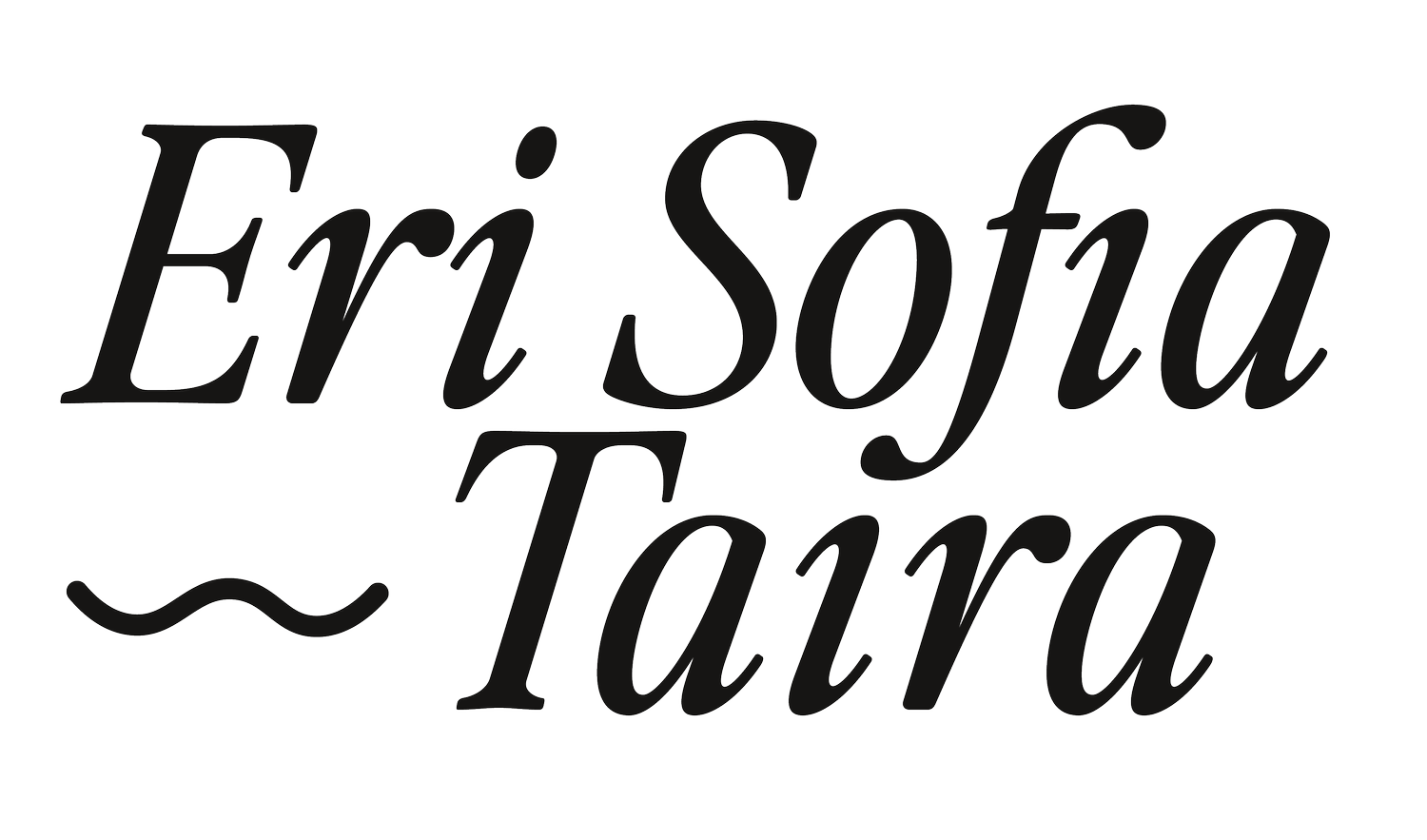Warehouse Management System
Redesign of the Warehouse Management System to enhance interactivity and streamline the user interface, maximizing efficiency and ease of use.
Tasks:
- UX/UI Design, Visual Design, Project Manager, Design System, Prototype, Wireframing
Tools:
- Adobe Illustrator, Adobe Photoshop, Figma, Miro
Team:
- Software Developer
- SVP of Technology
- Logistics Lead
- Warehouse Manager
Enhancing User Experience
Overview
Problem
Understanding the Users
Visual Design
Responsive Digital Interface
Gently is developing a decentralized logistics system to strengthen America’s supply chain against disruptions like pandemics and natural disasters. By distributing goods through local fulfillment centers, Gently ensures faster deliveries and helps retailers avoid supply chain failures. While currently focused on retail logistics, Gently envisions a future where supply networks evolve to enable a "labor-from-home" revolution.
Gently's warehouse management system was initially developed to address the company’s basic inventory management needs. However, the first iteration revealed significant deficiencies and a lack of essential features, resulting in an inefficient and overly complex process. Many functionalities were either missing or failed to operate effectively, which further slowed operations. Additionally, the system was not user-friendly, lacking the visual cohesiveness and design elements necessary to ensure legibility and ease of use. These shortcomings created frustration for users and hindered the system's overall effectiveness.
Original Design
Low & Mid Fidelity Wireframes
Information has been modified for privacy purposes
The warehouse management system is primarily utilized by the warehouse and inventory manager, who oversees inventory tracking, delivery route creation, and order status updates. Other users include the SVP of Logistics and a developer.
To better understand how these users interact with the system and identify their challenges, I conducted interviews and used Affinity Mapping to analyze the responses. The findings were then organized into three categories: pain points, likes, and suggested improvements, providing a clear framework for ideating solutions in the next phase.
Using insights from the research phase and user interviews, I began creating low-fidelity wireframes to visualize the proposed improvements and explore how they could be integrated into the new interface of the warehouse management system.
The low and mid-fidelity wireframes were reviewed by key stakeholders, who emphasized the need for an intuitive workflow, a user-friendly system, and a clear visual design that highlights key features.
Incorporating their feedback, I made the necessary revisions and started developing the final high-fidelity wireframe. Before moving forward, it was crucial to define the visual design direction for the warehouse management system.
Inspired by Gently's core values—reliability, efficiency, and exceptional customer service—and insights from research and interviews, I created a visual identity that aligns with these principles while addressing user needs. This foundation guided the moodboard and shaped the design of the digital interface, ensuring it reflects the brand's values while delivering a clean, minimal, and user-friendly experience.
Redesigning the warehouse management system with a responsive interface was crucial to expand usability beyond the original desktop-only design. A responsive system empowers users to access the platform seamlessly on mobile, tablet, or desktop devices, offering flexibility and convenience from any location. Below are the screens optimized for legibility, functionality, and accessibility across all devices.
Information has been modified for privacy purposes.
Final Design
Information has been changed for privacy purposes

















